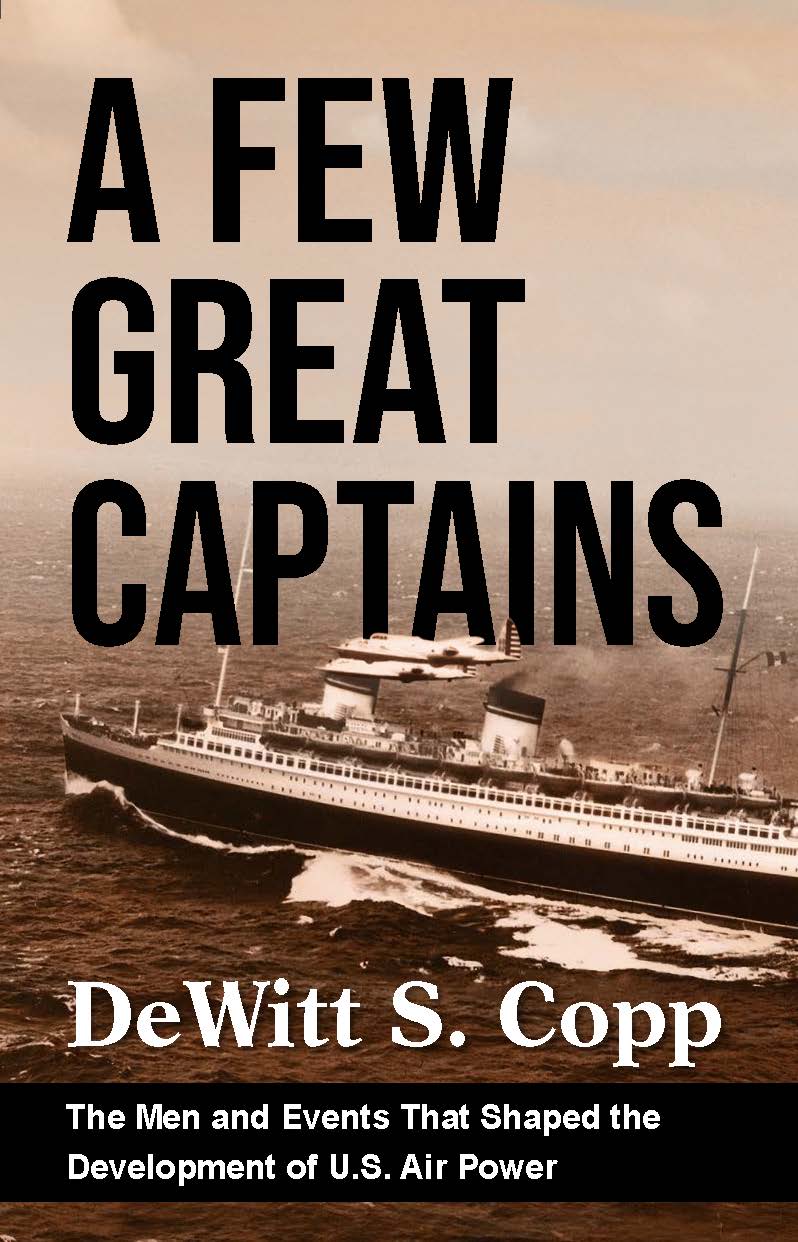 It was known as the Army Air Corps from 1926-41, and it was in many ways a golden age. The technology of flight was advancing in great leaps, and it was glamorous. Aces of the World War, such as Eddie Rickenbacker and Frank Luke, were heroes still, and then there were the new faces—Charles Lindbergh, Jimmy Doolittle, Horace Hickam and the like. Also, in the Air Corps were energetic and farsighted young officers who envisioned a new type of war that would be dependent on airpower. This vision was in direct contradiction to that of the ground officers who actually ran the army. Sparks flew.
It was known as the Army Air Corps from 1926-41, and it was in many ways a golden age. The technology of flight was advancing in great leaps, and it was glamorous. Aces of the World War, such as Eddie Rickenbacker and Frank Luke, were heroes still, and then there were the new faces—Charles Lindbergh, Jimmy Doolittle, Horace Hickam and the like. Also, in the Air Corps were energetic and farsighted young officers who envisioned a new type of war that would be dependent on airpower. This vision was in direct contradiction to that of the ground officers who actually ran the army. Sparks flew.
Pete Copp tells this story with unusual verve and insight. His research was prodigious, and he speaks eloquently of the times—dominated by the bang of the Roaring Twenties and giving way to the kaboom of the Great Depression. It was a feast and famine environment for most of America, but for the Air Corps it was mostly famine. Technology nonetheless moved ahead as rickety biplanes of wood and fabric gave way to sleek monoplanes of metal. Speed went from the Wright brothers blistering 7 mph over the windy beach at Kitty Hawk to over 400 mph three decades later. Aircraft would dominate the world war soon to erupt.
As for people, Billy Mitchell cast a long shadow over the early years of this story, and his disciples carried on with those ideas afterwards: Hap Arnold, Carl Spaatz, Ira Eaker, Frank Andrews and even Ben Foulois—who was no friend of Mitchell’s but who shared the same hopes for the air weapon. It is all here in this wonderful classic
Author(s) • Dewitt S. Copp
Year • 2025
Pages • 663
ISBN • 0-385-13310-3
AU Press Code • B-185